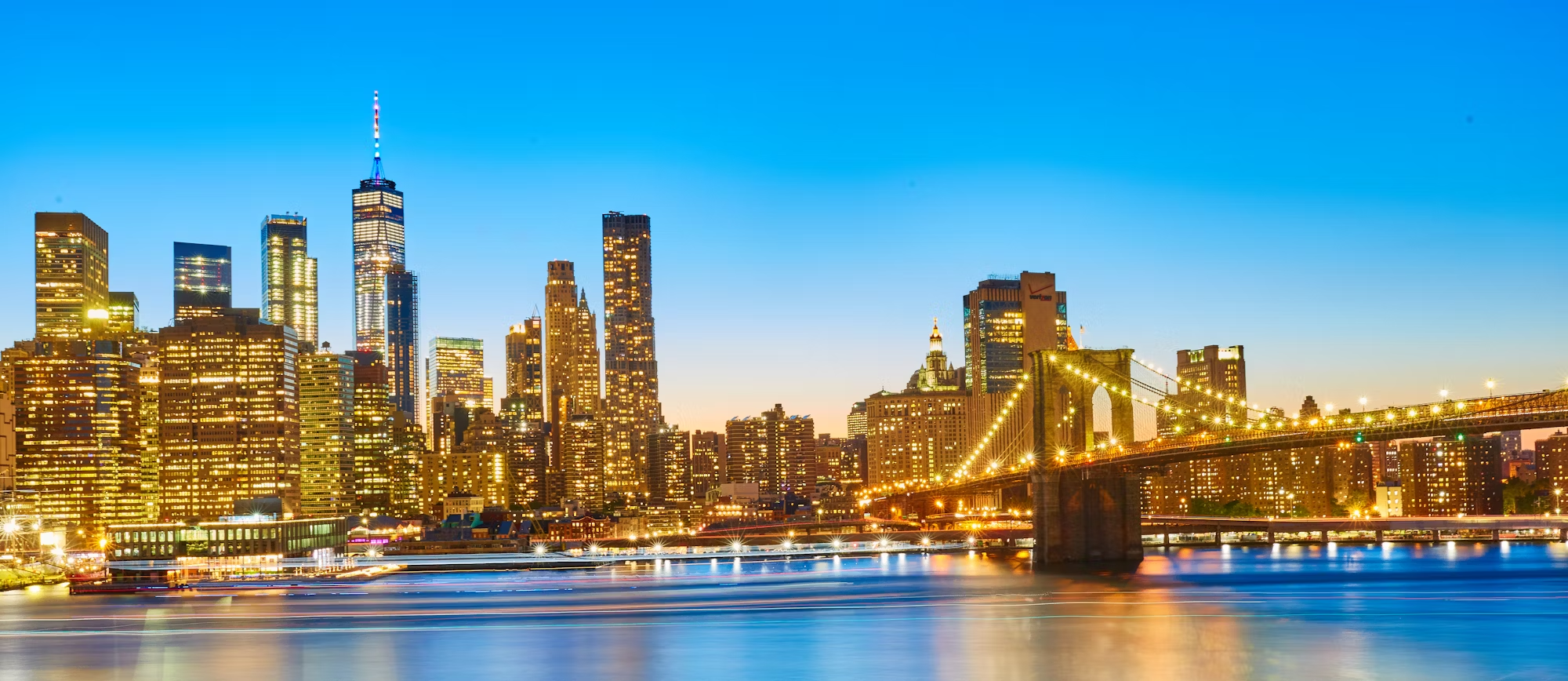In recent years, eco-friendly urban design has gained significant traction as cities worldwide grapple with the challenges of climate change and urbanization. As populations grow and environmental concerns mount, urban planners and architects are increasingly turning to sustainable practices that not only enhance the quality of life for residents but also protect the planet. This article examines the principles of eco-friendly urban design, the benefits it brings to communities, and the innovative strategies being implemented in cities across the globe.
Eco-friendly urban design is rooted in sustainability, emphasizing the responsible use of resources to minimize environmental impact. One of the core principles is the integration of green spaces into urban environments. Parks, green roofs, and community gardens not only provide recreational opportunities for residents but also contribute to improved air quality and biodiversity. By incorporating nature into the urban landscape, cities can create healthier, more inviting environments that promote physical and mental well-being.
The concept of green infrastructure is a key element of eco-friendly design. This approach focuses on utilizing natural systems to manage stormwater, reduce flooding, and mitigate urban heat. For example, permeable pavements allow rainwater to infiltrate the ground, reducing runoff and replenishing groundwater supplies. Rain gardens, bioswales, and vegetated rooftops can absorb and filter rainwater, enhancing urban resilience against extreme weather events. These solutions not only improve environmental conditions but also reduce the burden on traditional drainage systems.
Energy efficiency is another crucial aspect of eco-friendly urban design. Cities are increasingly investing in renewable energy sources, such as solar and wind power, to reduce their reliance on fossil fuels. Solar panels can be installed on rooftops, while urban wind turbines can harness wind energy to power buildings and public spaces. By promoting energy-efficient practices, cities can significantly lower their carbon footprints and move toward a more sustainable energy future.
Moreover, sustainable transportation options are integral to eco-friendly urban design. Encouraging walking, cycling, and public transportation reduces traffic congestion and lowers greenhouse gas emissions. Cities that prioritize pedestrian-friendly infrastructure, such as wide sidewalks, bike lanes, and efficient public transit systems, create more accessible and livable environments. Initiatives like bike-sharing programs and electric vehicle charging stations further promote sustainable transportation options, making it easier for residents to choose eco-friendly alternatives.
The economic benefits of eco-friendly urban design are also noteworthy. Sustainable practices often lead to cost savings in energy and maintenance, benefiting both city budgets and residents. Green buildings, designed to meet energy efficiency standards, can significantly reduce utility costs over time. Additionally, vibrant green spaces and eco-friendly developments can attract businesses and tourists, stimulating local economies. As cities become more sustainable, they also become more desirable places to live, work, and invest.
Community engagement plays a vital role in the success of eco-friendly urban design initiatives. Involving residents in the planning process fosters a sense of ownership and ensures that developments reflect the needs and desires of the community. Workshops, public meetings, and participatory design sessions allow citizens to contribute their ideas and feedback, helping to create spaces that resonate with local culture and identity. By prioritizing community involvement, cities can create inclusive and responsive designs that enhance social cohesion.
Innovative case studies of eco-friendly urban design can be found in cities around the world. In Copenhagen, Denmark, the city has embraced sustainability through ambitious goals for carbon neutrality by 2025. The integration of cycling infrastructure, renewable energy sources, and green spaces has made Copenhagen a model for eco-friendly urban living. The city’s extensive bike lanes and public transportation options encourage residents to choose sustainable modes of transport, contributing to a significant reduction in emissions.
Similarly, Singapore is renowned for its commitment to green urban planning. The city-state has integrated nature into its urban fabric through initiatives like the Gardens by the Bay and extensive green roof programs. Singapore’s focus on vertical gardens and urban biodiversity has not only enhanced the city’s aesthetics but also improved its environmental resilience. The government actively promotes eco-friendly building practices, encouraging developers to incorporate green features into their projects.
In the United States, cities like Portland, Oregon, are leading the way in eco-friendly urban design. Portland’s commitment to sustainability is evident in its robust public transportation system, extensive bike paths, and active community engagement in environmental initiatives. The city’s urban growth boundary has helped preserve natural landscapes while promoting dense, mixed-use development. Portland’s efforts to integrate sustainability into every aspect of urban life have made it a pioneer in eco-friendly design.
Challenges remain as cities strive to implement eco-friendly design practices. Budget constraints and competing priorities can hinder the adoption of sustainable solutions. However, through strategic planning and collaboration with public and private stakeholders, cities can overcome these obstacles. Funding mechanisms, such as grants and public-private partnerships, can support eco-friendly initiatives and ensure their successful implementation.
Additionally, addressing the needs of all community members is crucial in the transition to eco-friendly urban design. Ensuring equitable access to green spaces and sustainable transportation options is essential for fostering inclusive communities. Cities must prioritize policies that address disparities and promote environmental justice, ensuring that all residents benefit from eco-friendly initiatives.
As the movement toward eco-friendly urban design continues to grow, the potential for positive change is immense. The integration of sustainability into city planning not only enhances the quality of life for residents but also contributes to the overall health of the planet. By embracing innovative strategies and prioritizing community engagement, cities can create vibrant, resilient environments that stand the test of time.
In conclusion, eco-friendly urban design represents a transformative approach to city living, addressing environmental concerns while enhancing community well-being. By prioritizing green spaces, energy efficiency, sustainable transportation, and community engagement, cities can create inclusive and livable environments for all residents. As urban areas continue to evolve, the commitment to sustainability will be essential in shaping a brighter, greener future for generations to come.
